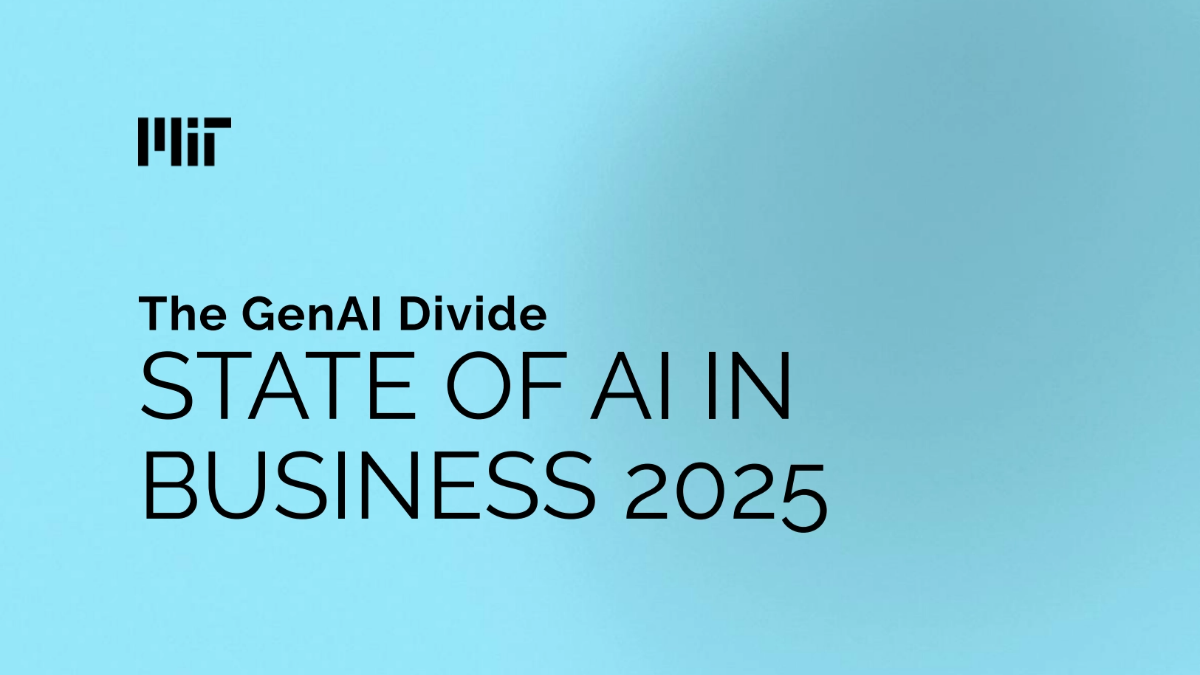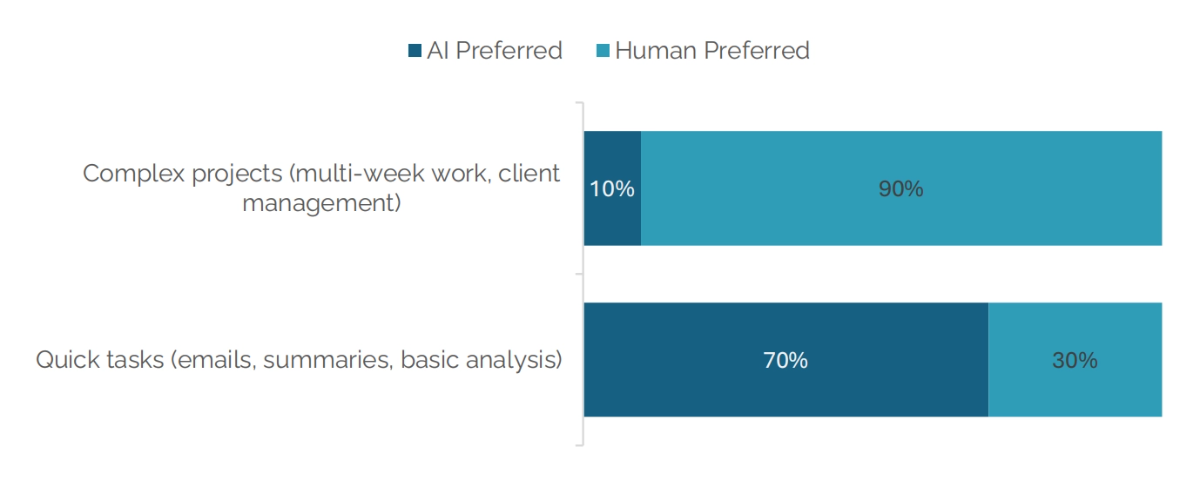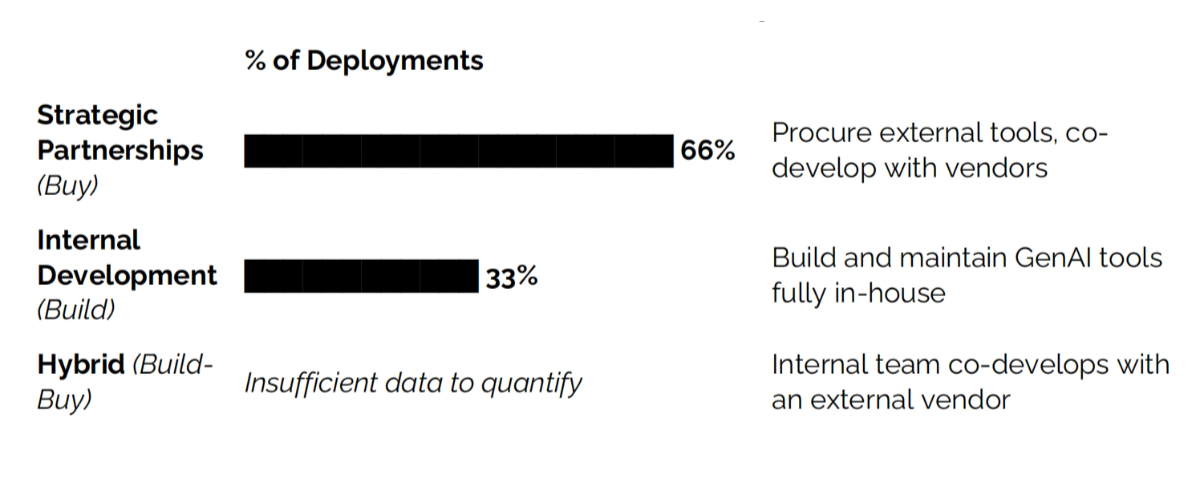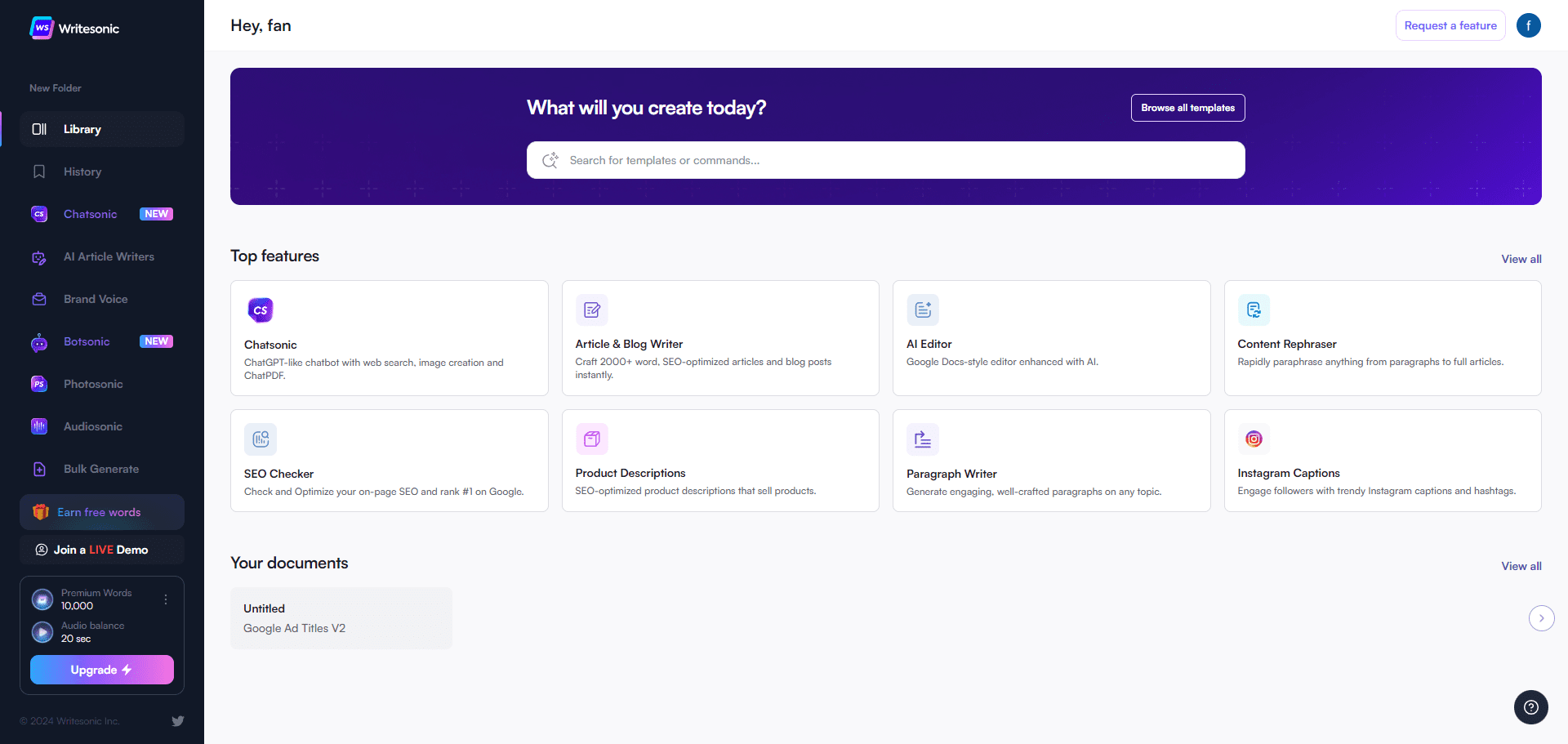MIT's new report, "The Generative AI Divide: the State of Business AI in 2025
MIT's latest report, The Generative AI Divide: The State of Business AI 2025, reveals the core dilemmas encountered by enterprises in the adoption of Generative AI (GenAI) through in-depth research of more than 300 AI projects, interviews with 52 organizations, and a survey of 153 executives. Organizations have shown great enthusiasm and invested heavily in GenAI, but as many as 95% have failed to effectively translate GenAI into real business value and transformation. The huge gap between widespread failure and a few notable successes is defined by the report as the "GenAI Chasm."

The State of the GenAI Divide
- High adoption rates with low transformational effects: General purpose tools such as ChatGPT have been widely tried and tested, and there are only a handful of enterprise applications that have been deeply integrated into core business processes and triggered substantial change. There is a general lack of expected structural innovation and breakthroughs across industries.
- Pilot-to-production conversion dilemma: The success rate of enterprise customized AI tools from proof-of-concept to full deployment is extremely low, with only 5% of projects achieving scale and the vast majority staying in the pilot phase.
- Misplaced investment focus: Most of the capital flows to front-office functions that are highly visible (e.g., marketing and promotion), while the back-office operational automation (e.g., financial processing, procurement optimization) areas that have a real potential for high return on investment have not received enough attention.
- Shadow AI phenomenon comes to the fore:: 90% employees use AI tools to complete work tasks through their personal accounts, and the effectiveness and satisfaction of their use significantly exceeds that of the enterprise's officially procured system, reflecting the lack of applicability of the formal program.

The Root Cause of the GenAI Divide
According to the report, the divide is rooted in the "learning deficits" of existing systems, not in technology, data or regulatory constraints. Existing enterprise-level AI tools generally lack memory and adaptive capabilities, cannot be continuously improved from usage feedback, cannot be effectively integrated into specific workflows, and need to be manually re-directed every time they interact. What users really need is an intelligent collaboration partner that can accumulate knowledge and evolve continuously, not a mechanical tool that needs to be trained from scratch every time. The lack of evolutionary ability has become the core obstacle to project scaling.

Solutions to the GenAI Divide
AI suppliers
- Deep vertical customization strategy: Generative AI providers abandon the generalized product development model, plough into niche areas, and provide deeply customized solutions for specific high-value business scenarios. By focusing on the pain point needs of vertical industries, we create a specialized and precise product system to form a differentiated competitive advantage in the market.
- Continuous evolutionary capacity buildingFocusing on the development of Agentic AI systems with memory functions and continuous learning capabilities, we are building intelligent tools that can be optimized and evolve with the process of use. Based on the establishment of a feedback learning mechanism and knowledge accumulation system, the system can adapt to changes in the business environment, realizing the more intelligent product characteristics.
- Trust ecosystem building: Build a trust endorsement system based on proof of effectiveness by establishing strategic cooperation with industry authorities, system integrators and expert networks. Replace the simple function demonstration with actual cases and verifiable effect data to establish a long-term and stable customer trust relationship.
business user
- Business Value Oriented Procurement:: Enterprises shift their procurement philosophy to view AI as a service that delivers business value. Establish business outcome-oriented procurement criteria, hold vendors accountable for implementation results, and ensure that technology investments generate measurable business value.
- Frontline business-led implementation: Empower business departments to take the lead in AI projects, with the frontline team that best understands business needs being responsible for technology selection and implementation promotion. Establish an implementation mechanism for the deep integration of business and technology to ensure that AI solutions are highly compatible with the actual workflow and avoid the disconnection between technology and business.
- Investment Return Reconstruction Strategy: Reprogramming investment priorities, tilting resources toward back-office operations automation, and focusing on quantifiable benefits from replacing external service expenditures through AI technology. Establish an investment evaluation system centered on cost savings and efficiency improvements to ensure that investments generate verifiable returns.

Future Development Trends
- Report projections: AI technology will evolve towards an Agentic Web, a connected ecosystem of multiple AI systems capable of autonomous discovery, negotiation, and collaboration that will fundamentally reshape business operations.
- final conclusion: The window of time to cross the GenAI divide is narrowing. The competitive advantage of the future will belong to organizations that can build the most learning and business-understanding systems, not to companies that simply have advanced algorithms. Organizations need to move away from reliance on static tools and toward choosing intelligent partners that can co-evolve.
Resource material download address
The Generative AI Divide: the State of Business Artificial Intelligence 2025 report download:https://url23.ctfile.com/f/65258023-8419097497-74f1b1?p=8894 (Access code: 8894)
© Copyright notes
Article copyright AI Sharing Circle All, please do not reproduce without permission.
Related articles

No comments...




